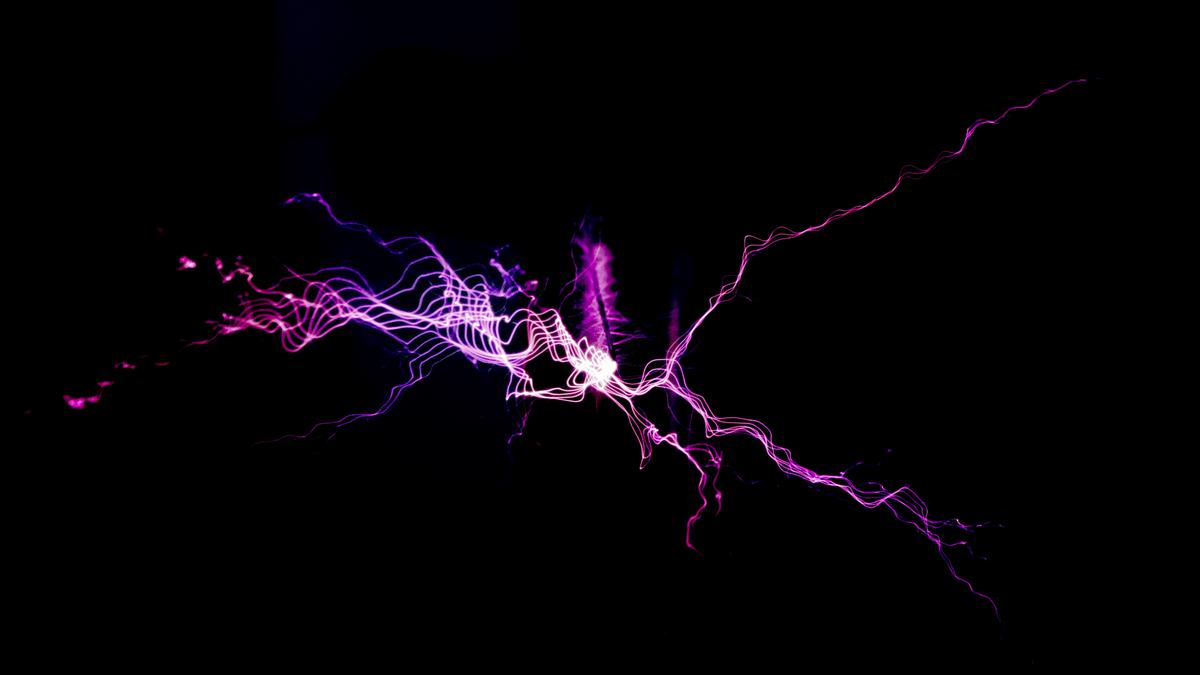For the first time, scientists have found evidence of the piezoelectric effect in liquids. For the previous 143 years, this effect has only been observed in solids. This new discovery calls into question the theory that explains this effect and opens the door to previously unknown applications in electronic and mechanical systems.

What exactly is the Piezoelectric Effect?
- When a body is squeezed, it produces an electric charge. This is known as the piezoelectric effect.
- It was discovered in quartz crystals (SiO2), which are used in wristwatches, clocks, and other devices that convert mechanical stress to current.
Observation made recently
- Pure 1-butyl-3-methyl imidazolium bis(trifluoromethyl-sulfonyl)imide and 1-hexyl-3-methyl imidazolium bis(trifluoromethyl-sulfonyl)imide exhibited the piezoelectric effect.
- Both of these liquids are ionic liquids, which means they are composed of ions rather than molecules, and were discovered at ambient temperature.
Why is the impact in liquids unexpected?
- Because liquids lack the organised structure of solids, the piezoelectric effect was previously anticipated only in solids.
- The effect, however, was discovered in pure ionic liquids at room temperature, challenging the present understanding of the effect.
- The amplitude of the piezoelectric effect in the first liquid was 16 millivolt per newton (mV/N) and 17 mV/N in the second, both within 1 mV/N.
What is the magnitude of the effect?
- The scientists discovered that the strength of the piezoelectric effect in the two ionic liquids they tried was ten times weaker than that of quartz.
- Nonetheless, this is a significant discovery because it opens the door to novel applications.
Potential uses
- The discovery of the piezoelectric effect in liquids opens the door to previously inaccessible applications that are less harmful to the environment than many presently used piezoelectric materials.
- Furthermore, these liquids exhibited the inverse piezoelectric effect, which could be used to control how light passing through them bends by passing various currents through them, resulting in lenses with dynamic focusing abilities.
Source: https://www.thehindu.com/sci-tech/science/scientists-spot-piezoelectric-effect-in-liquids-for-the-first-time/article66671337.ece
